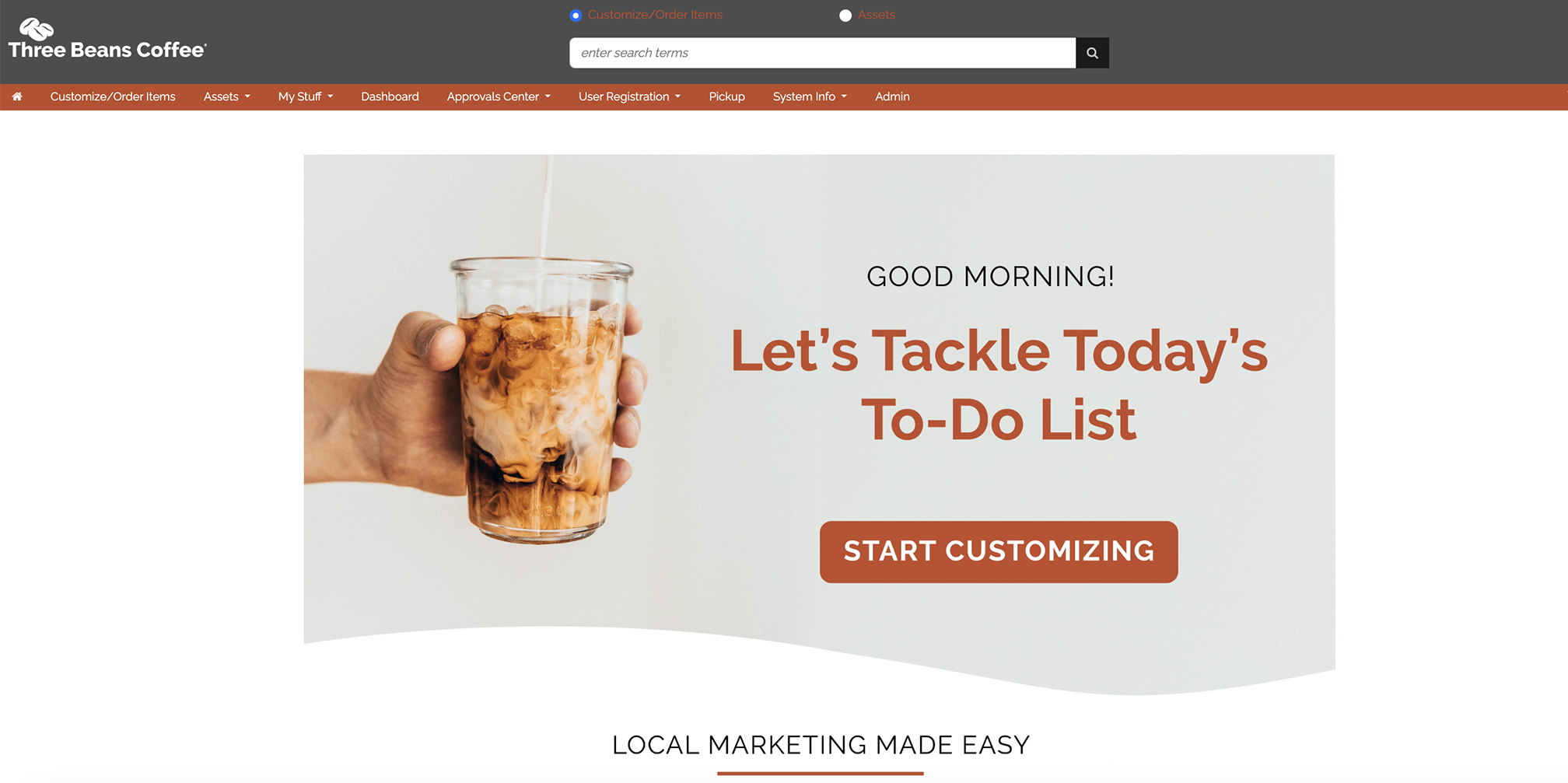The Blind Spot in Multi-Location Marketing
For national brand teams managing a vast network of local marketers, the scale of the challenge is daunting. Hundreds—sometimes thousands—of locations each have their own marketing needs, timelines, and contexts. And while it’s hard enough to track what’s being done on the ground, the real problem runs even deeper.
It’s not just that headquarters can’t see what local marketers are doing—it’s that they can’t see what local marketers are dealing with.
Has a local competitor launched an aggressive price promotion? Are severe weather conditions driving down foot traffic? Is high staff turnover hurting customer service? Or is a community event creating a golden moment for a targeted campaign? These are the kinds of hyper-local variables that shape marketing reality in each market—and they’re almost entirely invisible to brand leaders at the center.
One of our clients in the wealth management space put it perfectly:
“For years, we’d over-simplified the marketing challenge at the local level. It touches on competition, economic conditions, and hyper-local news and events. Yet, we would provide our financial advisors with a ‘one-size-fits-all’ set of marketing and sales tools and wonder why they didn’t use them as much as we’d like.”
This kind of disconnect not only leads to underutilized tools and missed opportunities, but also undermines the trust and collaboration needed between national and local teams. Without visibility into both activity and context, brands are effectively flying blind.
How Lack of Visibility Undermines Strategy
Imagine a crew team on the water. Each rower is strong, skilled, and motivated. But there’s a problem: they can’t see each other, and there’s no coxswain to keep the rhythm. Each oar dips in and out of the water at a different time, pulling in different directions, with no sense of shared momentum.
That’s what multi-location marketing looks like without visibility.
Local marketers are rowing—they’re putting in effort, running campaigns, launching promotions—but without a shared view of the larger strategy, the timing is off, the message is disjointed, and the power of the brand isn’t fully leveraged. National campaigns push one direction, local marketers pull another. Tactics compete for attention instead of reinforcing one another.
And over time, the results speak for themselves: campaigns underperform, customers get mixed messages, and local marketers begin to feel isolated or discouraged. Eventually, some just stop rowing altogether. They disengage from the brand’s marketing program and revert to ad hoc efforts—or opt out entirely. The result? A boat that still moves, but slowly, inefficiently, and always out of sync.
Without visibility, there's no way to steer. And without coordination, there’s no way to win.
The Case for a Centralized Marketing Visibility Platform
Visibility starts with participation—and participation starts with a great user experience. Too often, brands assume that simply providing a marketing platform means local teams will use it. But the truth is, adoption is earned. If a platform feels slower, harder, or more restrictive than what local marketers are already doing, they’ll sidestep it every chance they get.
That’s why the most successful marketing platforms are built with three core principles in mind:
-
Anticipate local needs by offering pre-built campaigns, assets, and messages that reflect real-world challenges and opportunities. When a local marketer logs in, they should feel seen.
-
Streamline every step of the process—from selection to customization to execution—so that local users can go from idea to launch faster than ever before.
-
Connect local actions to results. That means showing tangible ROI—leads generated, traffic increased, conversions improved—but also surfacing the intangible wins: stronger brand alignment, more consistent customer experiences, and higher-quality local engagement. One of the most effective (and often overlooked) ways to reinforce these wins is through recognition. A quick note from the CMO or CEO, featured on the platform’s homepage, spotlighting a local marketer’s campaign can go a long way. It not only boosts morale and validates effort, but also sets a positive example for others to follow. In a sea of daily marketing activity, those small moments of acknowledgment create a ripple effect of best-practice behavior.
Importantly, platforms must also strike the right balance between freedom and control. Brand compliance is non-negotiable—but that doesn’t mean creativity has to be sacrificed. As one brand manager in the healthcare space shared:
“We try to emphasize freedom on our local marketing platform, so that our local marketers are inspired to innovate—to truly create. Then, we use our system’s approval loop to fine-tune and optimize their work. Together, we create something that our locals could not have produced on their own, with a level of relevance that we at HQ couldn’t easily achieve.”
In this model, compliance isn’t a top-down mandate—it’s a collaborative outcome. And when local marketers feel empowered, the brand doesn’t just gain visibility. It gains momentum.
Visibility That Sparks a Virtuous Cycle
The clearest sign that your local marketing platform is succeeding isn’t just increased usage or improved compliance metrics—it’s the emergence of a conversation. A back-and-forth, dynamic exchange between brand teams and local marketers that builds trust, empathy, and shared momentum.
Local marketers begin returning to the platform again and again—not because they have to, but because they want to. Each visit delivers value: faster execution, better creative, stronger results. They feel seen and supported, not just governed.
At the same time, the brand team starts to evolve. They no longer view local customization as a challenge to be managed, but as a creative asset. Local adaptations provide insight into what messages resonate in different communities—and brand teams begin to design with that local lens in mind. This empathy strengthens the entire brand narrative.
And at the leadership level, visibility transforms attribution from a narrow accounting exercise (“Who gets credit for this result?”) into a broader reflection of brand health. It becomes a way to understand how connected, responsive, and innovative the marketing community is as a whole.
In this model, visibility doesn’t just help you coordinate. It helps you collaborate. And over time, that collaboration becomes a competitive advantage—one that no competitor can easily replicate.




